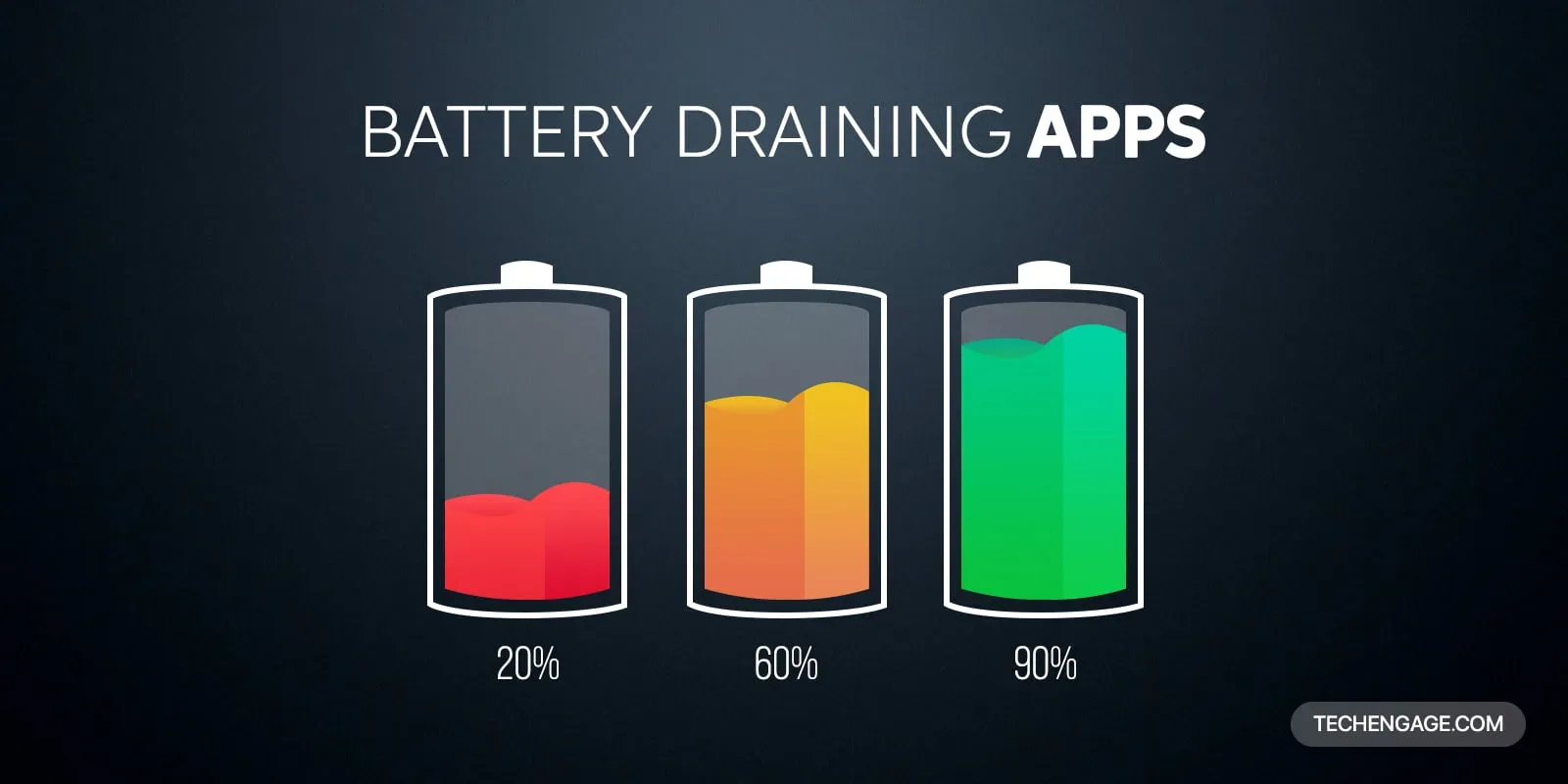The mobile app market might be quite crowded, but there’s still room for new amazing products. However, the competition is undoubtedly fierce and, if you want to stand out from the crowd, you’ll need to offer a great product. Your app should work perfectly and solve customers’ problems while at the same time looking beautiful.
One of the most important aspects of app design is providing an outstanding user experience. When users download a mobile app, they don’t just expect the mobile version of a website. They expect a unique experience that will justify the space your app takes up on their smartphone, as well as the time they spent downloading it. If users don’t find your mobile app worthwhile, they will delete it in a heartbeat.
In fact, according to mobile marketing stats, more than 70% of downloaded apps are only opened once. For this reason, it is very important for app designers to consider mobile UX best practices at every step of the process. Here are 5 fundamentals they need to pay attention to.
1. Make sure the navigation is intuitive
When it comes to navigation on mobile apps, it has to be more intuitive compared with desktop websites. Too much information to read, too many questions to answer or too many options to choose from can easily overwhelm users. And that’s the last thing people want.
Users need to be able to figure out how to get around the mobile app immediately. This can be easily achieved with the use of familiar icons, such as a “home” icon for the home screen, a chat bubble for messaging, and design patterns like hamburger menus. If users need to put an effort in order to figure out how to navigate the app, they will get annoyed and look for a simpler solution.
2. Personalization is key
Personalization is key to improving the UX while at the same time helping business owners achieve marketing goals.
Personalization is a great way to direct users away from irrelevant content and closer to content that they’re interested in. It also helps eliminate any distractions, ensure that the marketing message is in sync with what the user actually wants, and streamline certain components such as the buying process.
However, you should avoid too much personalization. People often feel weird when a site or an app shows ads related to something they were talking about. That’s why it is important to match the personalization level to the level of trust a user has with the company and its app.
3. Provide feedback
One important part of a good UX is providing feedback to users as they perform actions on the app.
Clear transitions between functions or screens, as well as animations, are a great way to give users feedback. Touch feedback is especially popular with mobile games, as well as with error messages. Audio feedback is popular with a number of functions but designers should probably not rely on this last type of feedback due to the fact that many people tend to keep their smartphones silenced.
4. Minimize the required data input
If you’re looking to provide a good user experience, minimizing data input requirements is a must.
The more data users have to enter into an app, the more likely they’re to get frustrated and close the app. While a signup form containing 4-5 fields may not seem too much on a laptop or a PC, it can easily turn away mobile users. That’s why you need to include only form fields that are absolutely necessary.
You should also consider giving users the option to use an existing account, like Facebook, Twitter, or Google, instead of forcing them to sign up. Clicking is always faster and better than filling out a registration form, making it less annoying. However, relying solely on these secondary apps could prove to be a mistake as some people are still distrustful of linking their accounts and are willing to fill out a form.
5. Pay attention to speed
Even though 4G data is widely available, mobile networks are usually slower than broadband services or wi-fi. In addition, 4G doesn’t exist in some parts of the world, so mobile users are constantly dealing with slower data speed or 3G.
Designers need to have this in mind when designing an app and pay attention to the app’s speed. One way to make a mobile site or app load faster is by including content that doesn’t have to be downloaded. You should also consider the option of preloading content that users are likely to need next or not loading content that users won’t need.
Placeholders can also be used to create the illusion of speed to signal to users that something is happening and calm their impatience.
Final thoughts
Great mobile app designs are becoming more common, and users are constantly raising the bar in terms of what they expect from apps. Designers only have a couple of seconds to capture people’s attention before they leave a mobile site or app in favor of a product that is more streamlined, intuitive, and user-friendly.
Keeping users engaged in your mobile app might be difficult, but not impossible. A good app design is the perfect blend of functionality and visual appeal. Implementing the above-listed design principles will help you create a better UX for people using an app or visiting a mobile site.



